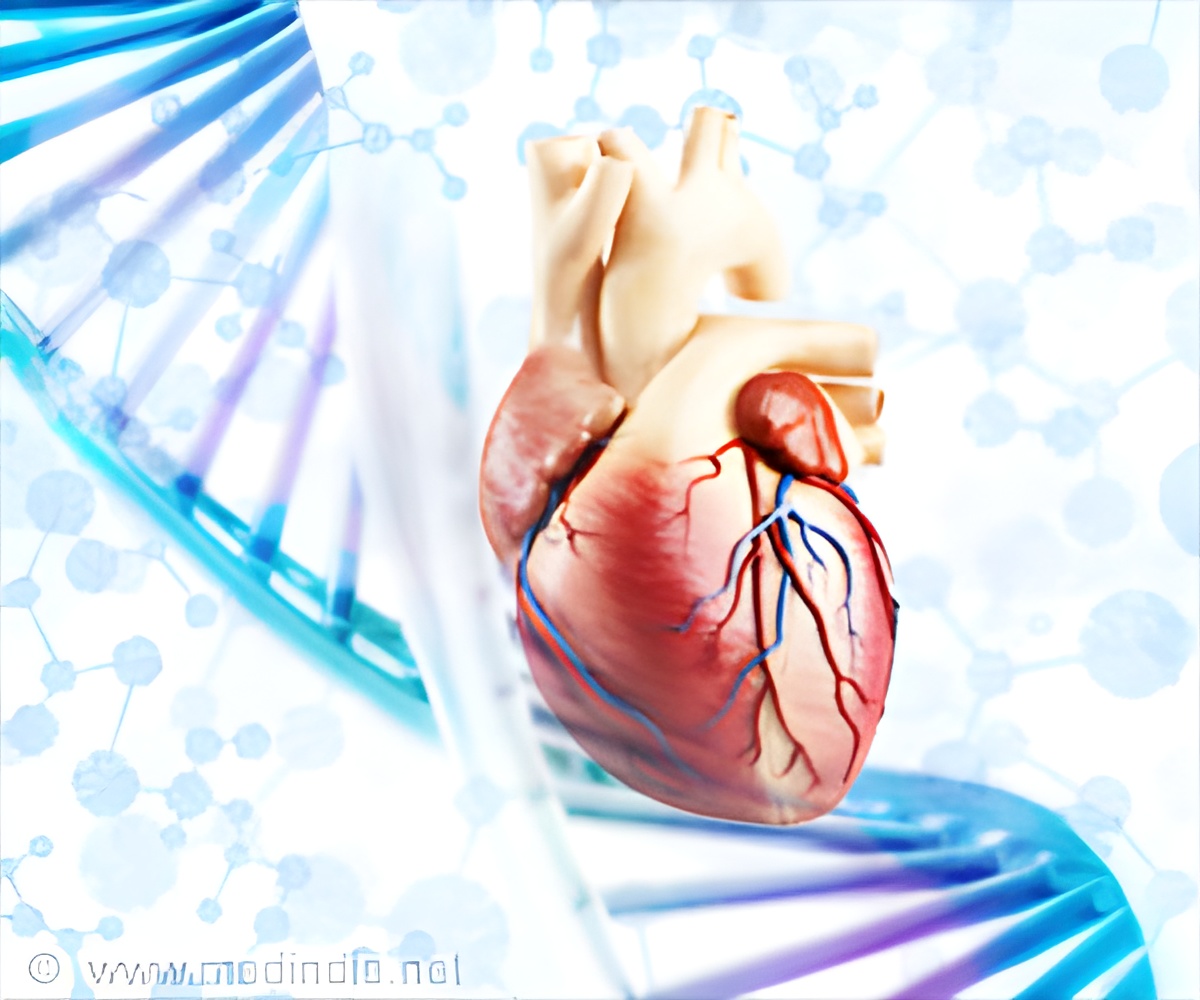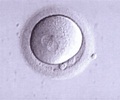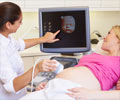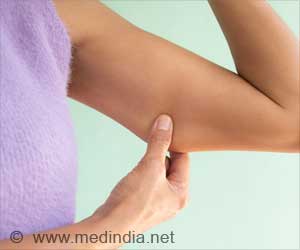Using ultrasound energy and microbubbles to selectively open up cells to allow the delivery of therapeutic agents.

‘Gene therapy using ultrasound energy and gas-filled bubbles helps to target and open up the cells affected by the disease and deliver therapeutic agents directly into them, sparing the healthy cells, preventing side-effects and inflammation.’





Current approaches to gene therapy often use viruses to gain access inside cells, which can cause severe side-effects, including inflammatory immune system reactions. To address this, researchers have developed gene-loaded intravascular microbubbles that can be targeted to release their payloads by direct navigation of focused ultrasound energy.The Pitt researchers developed an ultrafast imaging camera capable of reaching speeds up to 25 million frames per second, the only one of its kind in North America. Using the camera, these researchers examined the biophysics of sonoporation. They determined that the oscillating bubbles need to generate a minimum amount of localized shear stress, beyond which cell membranes perforate and allow entry of a targeted therapeutic.
"By allowing us to actually see the microbubbles vibrating at millions of times per second, our unique camera enabled us to determine that microbubble-induced shear stress is the critical factor for sonoporation," said Xucai Chen, Ph.D., research associate professor of medicine, Pitt Division of Cardiology, and Pittsburgh Heart, Lung and Blood Vascular Medicine Institute, who co-developed the camera system.
This new information, in turn, will facilitate the intelligent design of treatment protocols and microbubble fabrication to preferentially cause the desired effect of opening nearby cells. It also gives us a starting point to investigate how cells cope with this treatment."
An individual microbubble undergoing rapid oscillation is captured by the UPMC Cam at approximately 11 million frames per second. The oscillation, due to the exposure of the bubble to ultrasound, is occurring at one million times per second.
Advertisement
"It's critical for us to understand the biophysical mechanisms of sonoporation in order to translate this approach into an effective gene or drug delivery tool for patients," said Flordeliza Villanueva, M.D., professor of medicine at Pitt, director of the Center for Ultrasound Molecular Imaging and Therapeutics, and the senior author of the investigation. "Building on the PNAS study, we are continuing to investigate how sonoporation affects the function of treated cells and to develop strategies to maximize its therapeutic effects."
Advertisement















